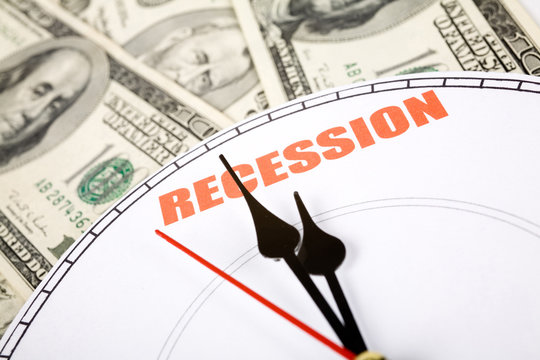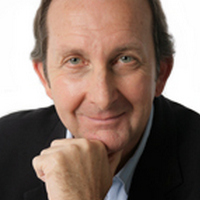

We can’t beat the Kiwis’ All Blacks rugby team, but our Reserve Bank has beaten them in the game called economics. How do I know that? Well, have a look at this headline in December last year from nzherald.co.nz: “Massive GDP fall: NZ in deep recession – worst since 1991”.
And it tricked Kiwi economists who expected a 0.4% fall in real GDP, as it was a 1.1% slump reminiscent of the recession of 1991, which we also copped here. That was what Paul Keating called “the recession we had to have!”
That was always a debateable conclusion of the ex-Treasurer and PM, but one thing that’s not arguable is that our Reserve Bank has been able to navigate an economic slowdown, which now is permitting interest rate cuts.
Sure, the Kiwis have pocketed more cuts but that’s because the central bank unwittingly created a bigger -than-expected recession. As a consequence, unemployment in the Shaky Isles is 5.1% while the jobless rate here is 4%. That’s a big difference and involves a lot of people.
The news got better here yesterday with the economy growing an OK 0.6% for the December quarter, which takes the annual growth rate to 1.3%. While this isn’t a great growth rate, it’s miles better than a recession. In fact, the per capita recession, which has been going on here, has now ended.
What is a per capita recession? This is where GDP, which is the value of production here in Australia, is divided by the number of people living here. It’s like thinking about how much income is made in Australia in a year divided by the population. Recently this figure has been negative because there has been a surge in immigration and baby-making, while the economy’s production was growing at a very slow rate.
Of late, the Federal Government has been cutting back on immigration as the economy’s growth is picking up a little. The end result was that GDP per person rose 0.1%. That means the per capita recession has ended.
This is how abc.net.au reported this development: “Households’ disposable incomes also rose by a solid 1.4 per cent in the quarter (lifting to 5.5 per cent year-on-year), as compensation of employees surged.”
Looking to the future, this what the crystal ball of economist Abhijit Surya from Capital Economics is foretelling: “With interest payments starting to fall and employment growth still strong, real household income growth should continue to rise going forward. [And] with the savings rate now at a nine-quarter high, we think there’s scope for households to loosen their purse strings a bit more in the year ahead.”
That’s good news for anyone worried that Australia might follow our Kiwi cousins into recession.
The only downside is that it could delay future rate cuts, though many economists still expect a May cut. That said, if this December GDP number was a shocker, I would’ve been tipping an April cut, but a lot of Aussies might have been in line to lose their jobs and possibly their houses!
And we can thank the RBA, which I think delayed the rate cut more than it needed to, for not landing us deep in recession.